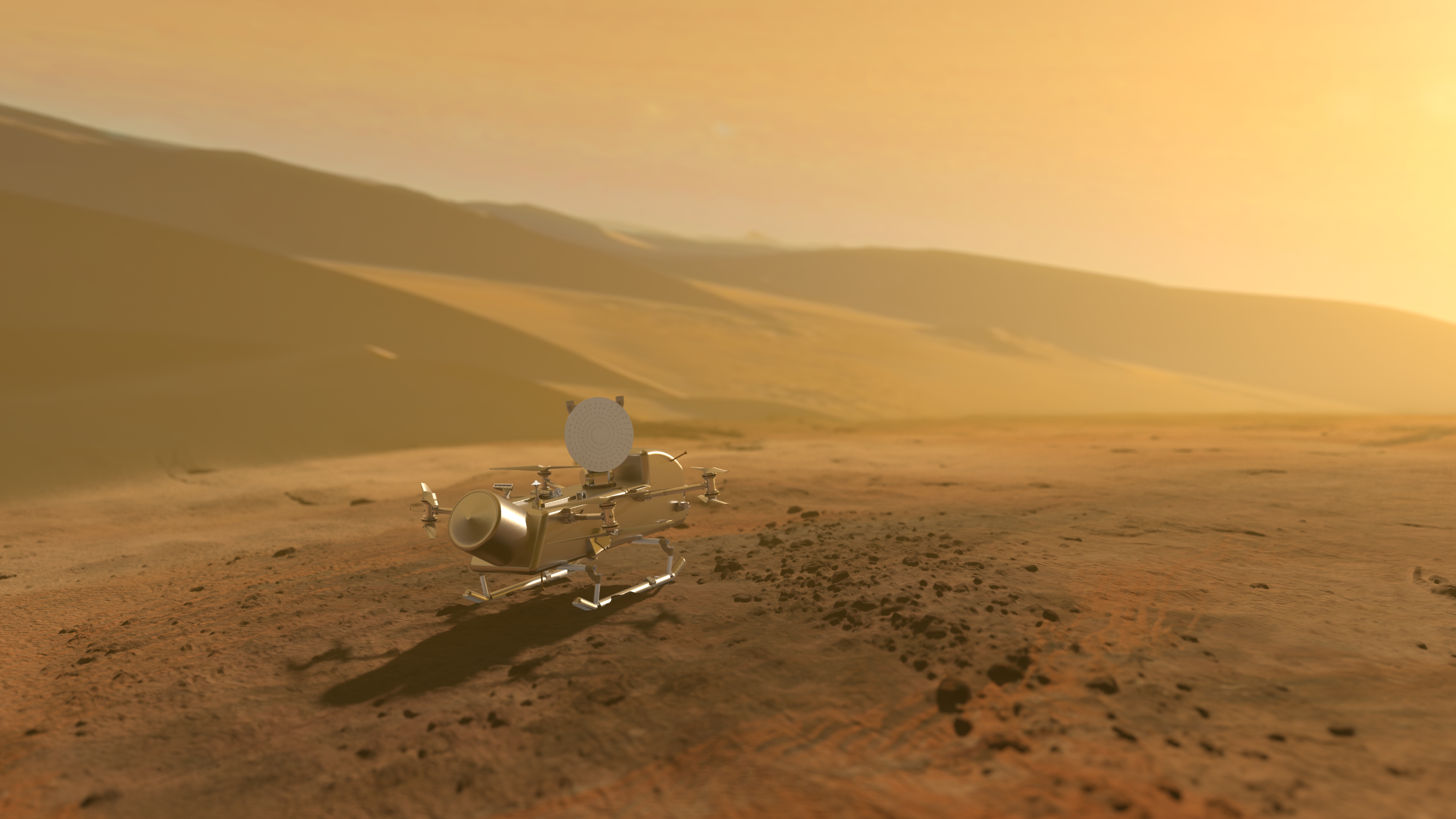3 min read
Cassini Significant Event Report
For Week Ending 11/16/01
The most recent spacecraft telemetry was acquired from the Goldstone
tracking station on Wednesday, November 14. The Cassini spacecraft is in an
excellent state of health and is operating normally. Information on the
spacecraft's position and speed can be viewed on the
"Present Position"
web page.
Recent instrument activities include two Radio and Plasma Wave Science High Frequency Receiver
calibrations, the conclusion of the Visual and Infrared Mapping Spectrometer (VIMS) radiator test, VIMS set
to sleep mode, and the Ka-Band Exciter and Ka-Band Traveling Wave Tube Amplifier powered off.
Engineering activities taking place onboard the spacecraft this week include an autonomous Command &
Data Subsystem Solid State Recorder Memory Load Partition Repair, a transition from Reaction Wheel
Assembly (RWA) to Reaction Control Subsystem control and an RWA unload. A minisequence was
uplinked in preparation for the upcoming, four-day Probe Relay test.
The Radio Science Subsystem supported a Ka-Band Uplink Exciter/Transmitter demo track this week. The
new Ka-band acquisition template was used to uplink to the spacecraft, and the Ka-Band Translator
successfully locked onto the signal. Later in the week, the Cassini Radio Science Ops Team accompanied the
JPL Principal Investigator for the Gravitational Wave Experiment (GWE), Dr. John Armstrong, to the
Goldstone Deep Space Communications Complex (DSCC) and briefed the station operators on the GWE.
While there, the Cassini DSS-25 Upgrade Task manager led a tour of the new facilities at the DSCC for the
Radio Science team.
The first delivery of products to the Icy Satellite Science and Uplink Verification activity occurred this week.
These products will be merged and delivered to the Attitude Control Subsystem team for detailed analysis
with the Kinematic Prediction Tool/ Inertial Vector Propagator software.
Imaging Science Subsystem anomaly investigation continued with complete documentation of the C28 results
being sent to the JPL Observational Systems Division contamination engineers.
The delivery schedule for the Mission Sequence Subsystem D 8.0 delivery has been reassessed due to
complications with some telemetry commands. The planned delivery has been slipped out just over a week,
but there is potential to regain the original date as a result of reduced dependency on other software deliveries.
Additional information about Cassini-Huygens is online at http://saturn.jpl.nasa.gov.
Cassini will begin orbiting Saturn on July 1, 2004, and release its piggybacked Huygens probe about six months later for descent through the thick atmosphere of the moon Titan. Cassini-Huygens is a cooperative mission of NASA, the European Space Agency and the Italian Space Agency. JPL, a division of the California Institute of Technology in Pasadena, manages the mission for NASA's Office of Space Science, Washington, D.C.
Media Relations Office
Jet Propulsion Laboratory
California Institute of
Technology
National Aeronautics and Space
Administration
Pasadena, Calif. 91109.
Telephone (818) 354-5011







